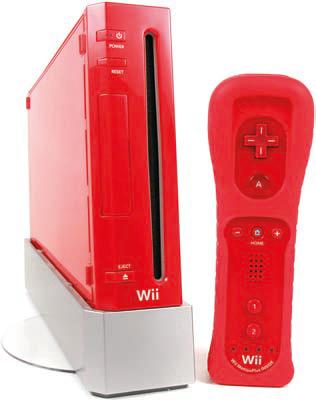When Nintendo Wii was launched in 2006, very few analysts would have predicted that it would one
Question:
When Nintendo Wii was launched in 2006, very few analysts would have predicted that it would one day be market leader in the games console market against the established PlayStation 3 (PS3) and Xbox 360 brands. But analysts can be wrong: in the week ending 23 August 2007 www.vgchartz.com data, which is based on sample data from retailers all over the world, indicated that Nintendo’s Wii (which was released in November 2006 – one year after the Xbox 360) had passed the Xbox 360’s lifetime unit sales, making Nintendo the new world market leader in both the games and console businesses.
This had a big impact on third-party developers and also influenced the decisions that the three major players (Microsoft, Sony and Nintendo) would make in the future.
One factor that no doubt helped Nintendo’s Wii to grow so quickly was the console’s broad appeal across all age groups, demographics and countries. However, Nintendo’s first place in the world market came under massive attack from both Sony and Microsoft’s new sensing devices (see below).
The big question now is whether the new Nintendo Switch has the ability to repeat the Blue Ocean Strategy from 2006?
Nintendo – key facts and financial data
Nintendo Co. was founded in 1889 as the Marufuku Company to make and sell ‘ hanafuda ’, Japanese game cards. Abandoning previous ventures in favour of toys in the 1960s, Nintendo then developed into a video game company in the 1970s, ultimately becoming one of the most influential in the industry and Japan’s third most valuable listed company with a market value of over US$85 billion.
Today Nintendo ( www.nintendo.co.jp ) is engaged in the creation of interactive entertainment products.
It manufactures and markets hardware and software for its home video game systems. The company primarily operates in Japan, Europe and America. It is headquartered in Kyoto, Japan. In total the whole Nintendo Group (including subsidiaries) employs about 5,200 people.

In the fiscal year 2014 Nintendo’s recorded revenues were US$5.6 billion. There was a loss in the company of US$0.2 billion during fiscal year 2014. Approximately 80 per cent of the company’s revenue is generated from regions outside Japan.
Over the years Nintendo has managed to achieve higher returns on its investments, assets and equity compared with the industry average. Nintendo has not raised any capital through debt in the past few years. The company’s total debt to equity ratio at the beginning of 2015 was close to zero compared with the industry average of 12 per cent. Debt-free status indicates the company’s ability to finance its operations efficiently. Additionally, having no debt obligation provides the company with significant liquidity and financial flexibility......
Questions
1. What were Microsoft’s motives in entering the games console market with Xbox?
2. What are the competitive advantages of Microsoft’s Xbox One and Sony’s PlayStation 4?
3. What are the competitive advantages of the original Wii and the new Nintendo Switch?
4. What do you think Nintendo’s chances are of creating a ‘blue ocean’ come-back with their Switch?
Step by Step Answer:






